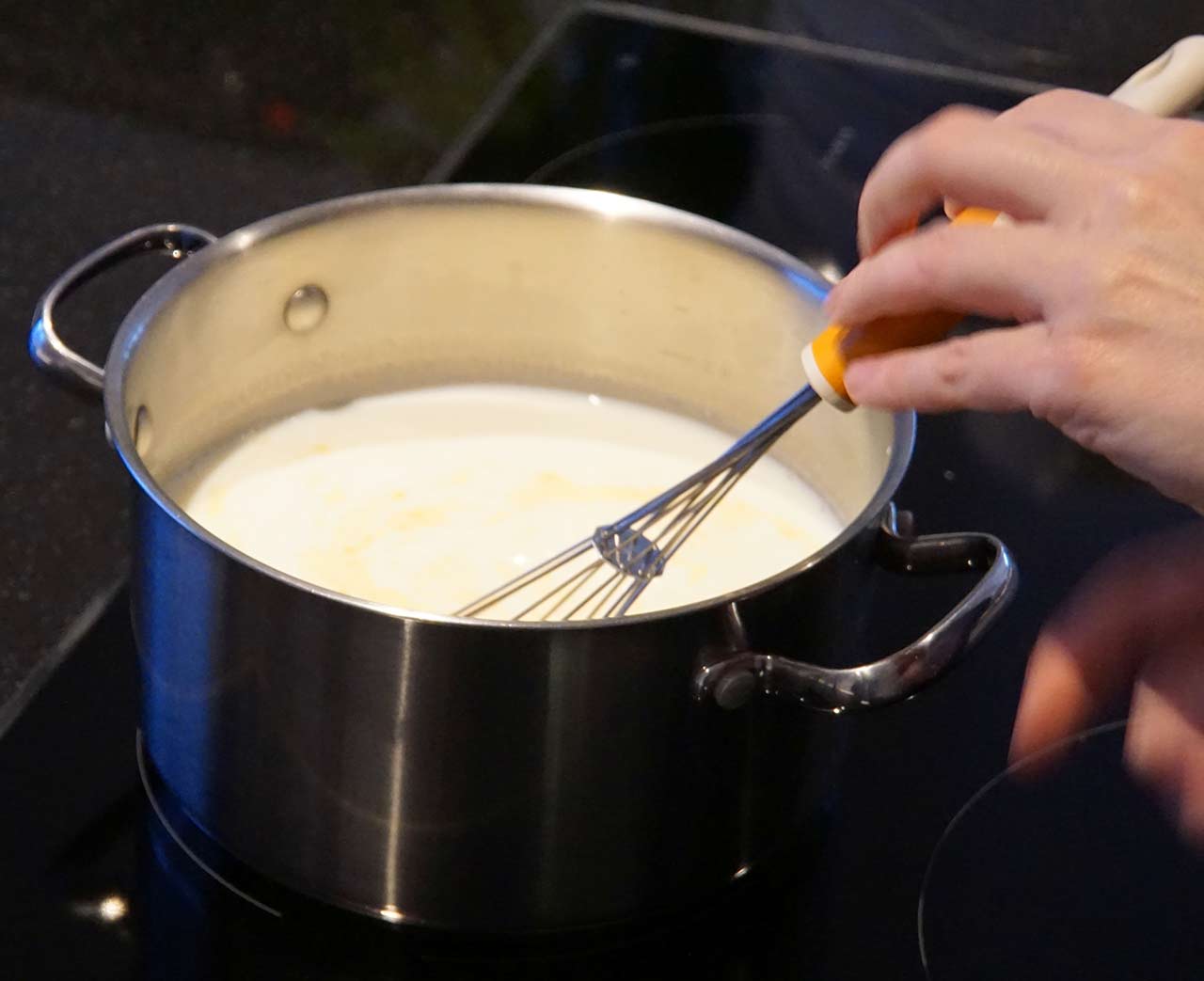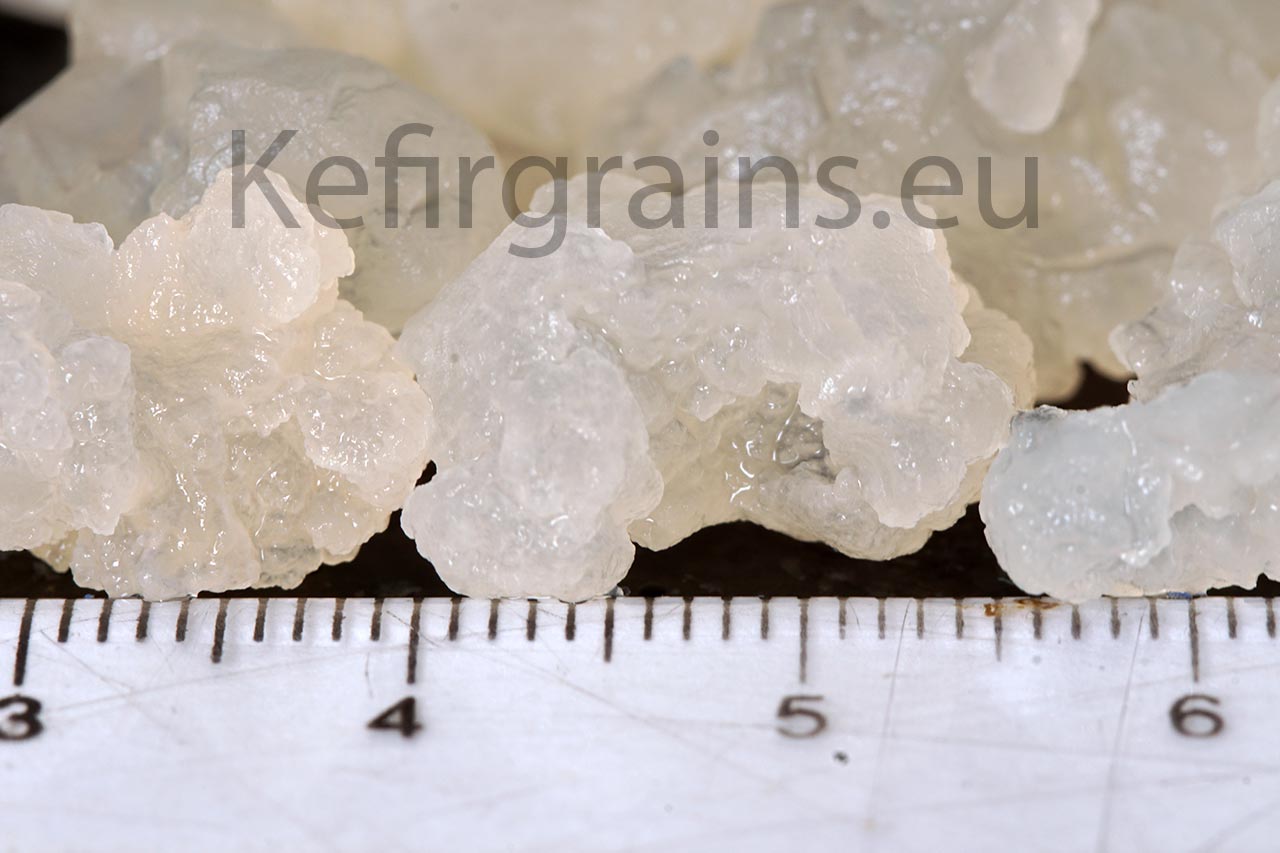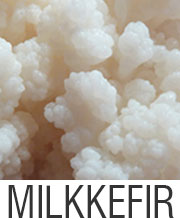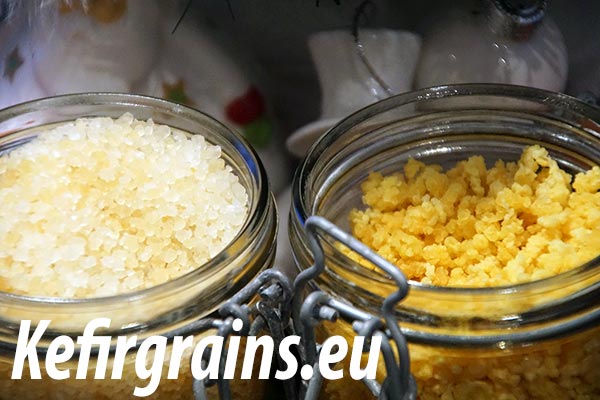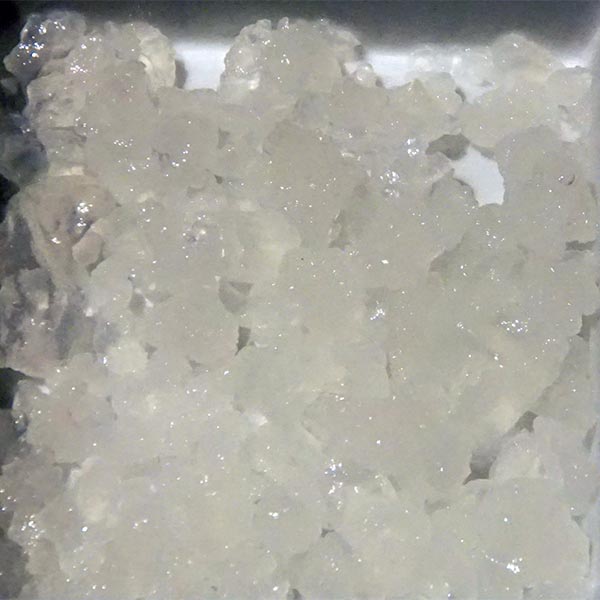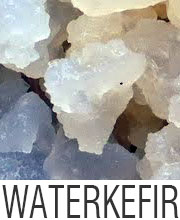Ryazhenka – a traditional Russian fermented milk
Ryazhenka – a traditional Russian yogurt
As kefir was typically the drink for adults (at least for the diet-conscious Soviet women), Ryazhenka, also known as the baked milk, was exclusively for the children. Ryazhenka is the other and traditional Russian (some say Ukrainian) fermented dairy product. Ryazhenka, when mixed with one spoon of sugar, used to be a treat for a Soviet child. Sometimes Ryazhenka is translated to be baked milk because you need to bake the milk in the low heat oven to prepare it.
Dairy products have always been one of the significant highlights of Russian cuisine, and there is quite a good list of products that are not easily found in the U.S. but are standard here. Two of them are the kefir and the Ryazhenka.
Kefir resembles a cross between milk and yogurt, with a slightly chunky texture, and bears a sharp bite. It is prepared using a bacteria culture for fermenting milk, and historically, people made this at home only. However, now a day, most Russians buy packaged kefir from the grocery store. Ryazhanka is similar to kefir but is milder. It is not as sharp but a bit sharper than plain yogurt and possesses a uniquely smooth texture. Kefir is thus pure white, while the Ryazhenka bears a brown tint. The reason behind it is that Ryazhenka is typically baked in fermented milk. It was made historically by baking fermented milk in any oven or with low heat on a stove for long hours, but the Russians today purchase it from a grocery store.
Russian Fermented Baked Milk
Ryazhenka is made by pasteurizing the milk and simmering it on low heat for eight hours or even longer. Historically, it was prepared by placing one clay pot (or the glechik) with the milk in a traditional Russian oven for one whole day until it was coated with the brown crust. Prolonged exposure to the heat causes a Maillard reaction between milk’s amino acids and glucose or sugars. This results in the evolution of the melanoidin compound that offers a creamy color with a caramel flavor. As a result, a good amount of moisture evaporates, which results in a change in consistency. The sour cream (smetana) is subsequently added to trigger the fermentation in the household production method. The pure thermophile bacterial culture has been added to modern industrial production. The mixture is then placed in a warm place. The fermentation occurs at temperatures above 40°C / 100°F and takes about three to six hours.
The fat content of the industrially made Ryazhenka is typically 3.5−4%; however, in general, it’s permitted to vary from <0.5% (if prepared from what we know as the skimmed milk) up to say 8.9%. The protein content is a minimum of 3%. The carbohydrate content is about 4−5%. Like scalded milk, Ryazhenka is also free of harmful bacteria and enzymes and may be safely stored at room temperature for at most- forty hours.
